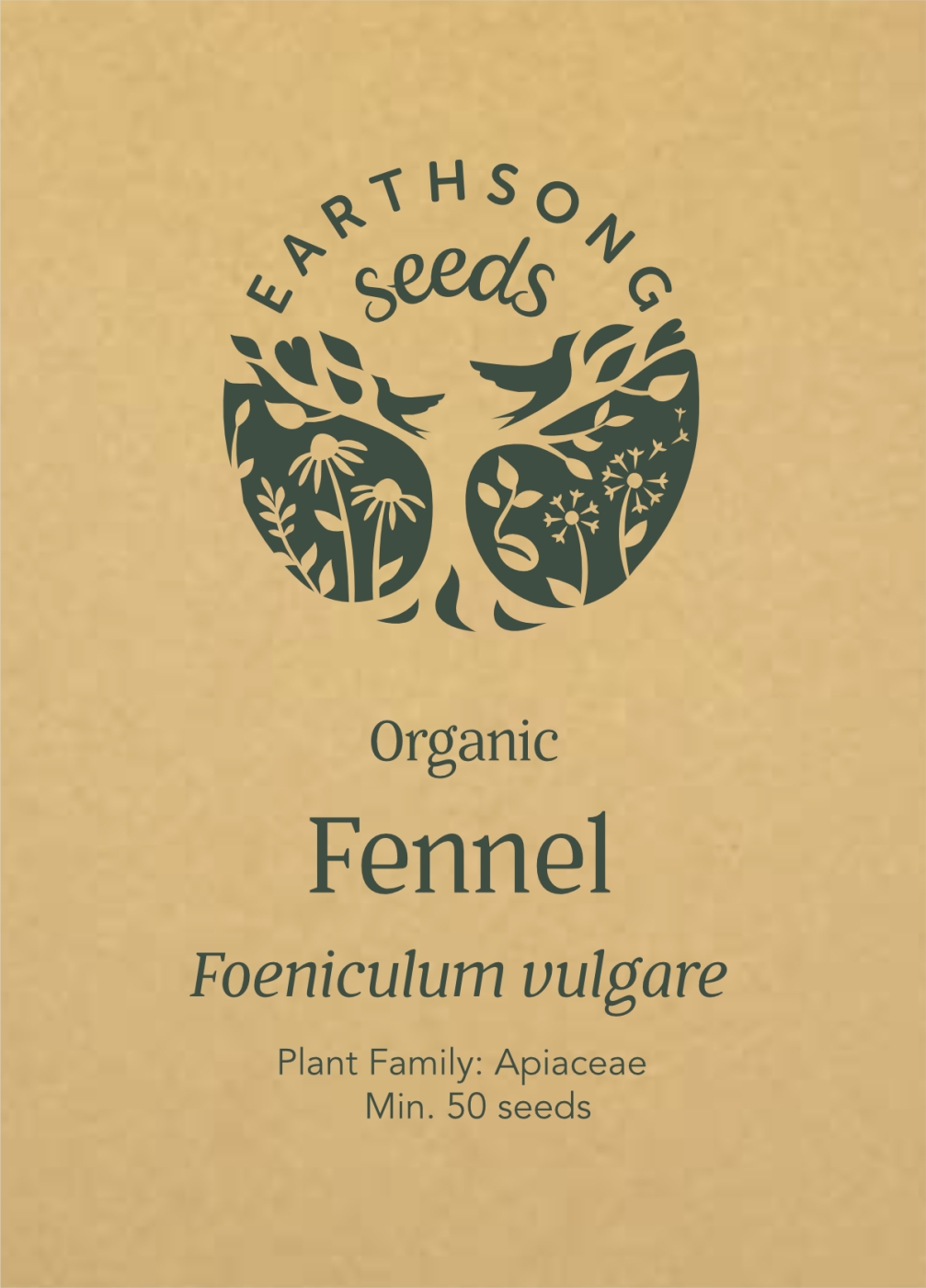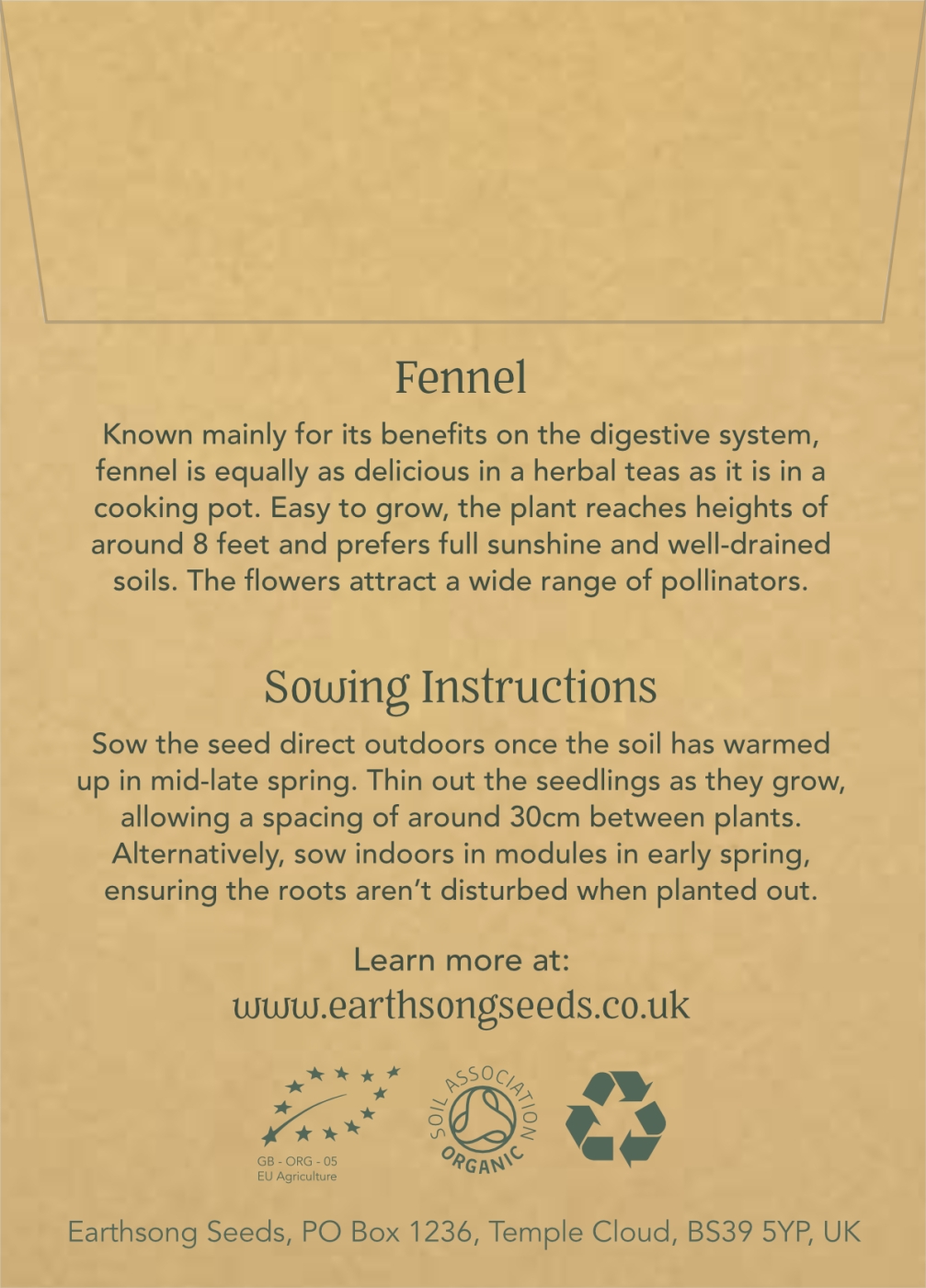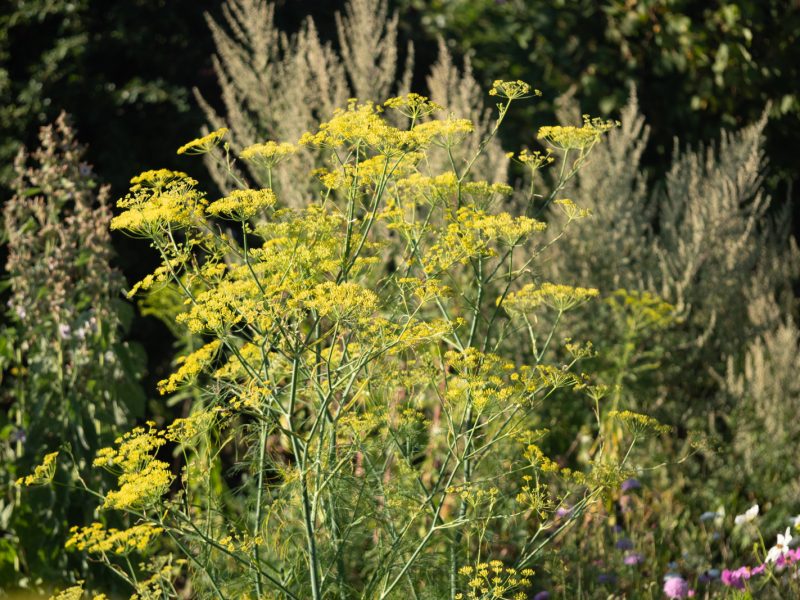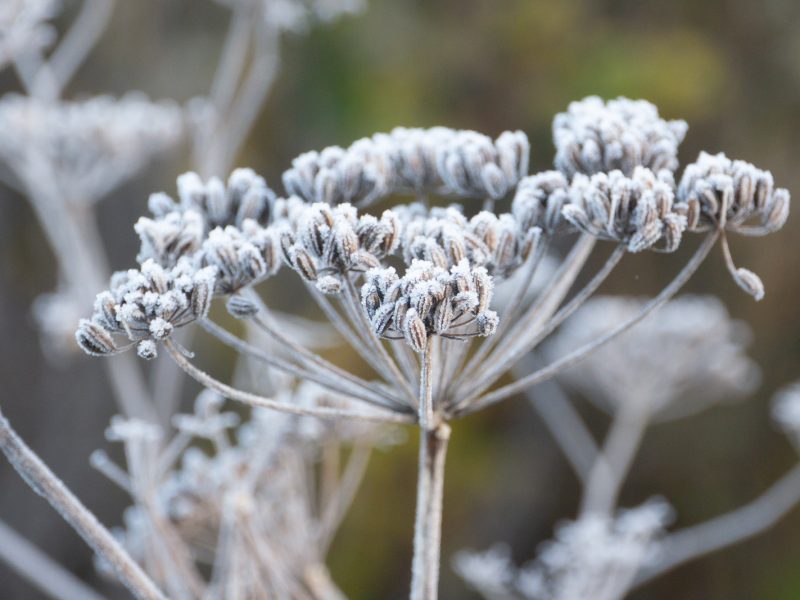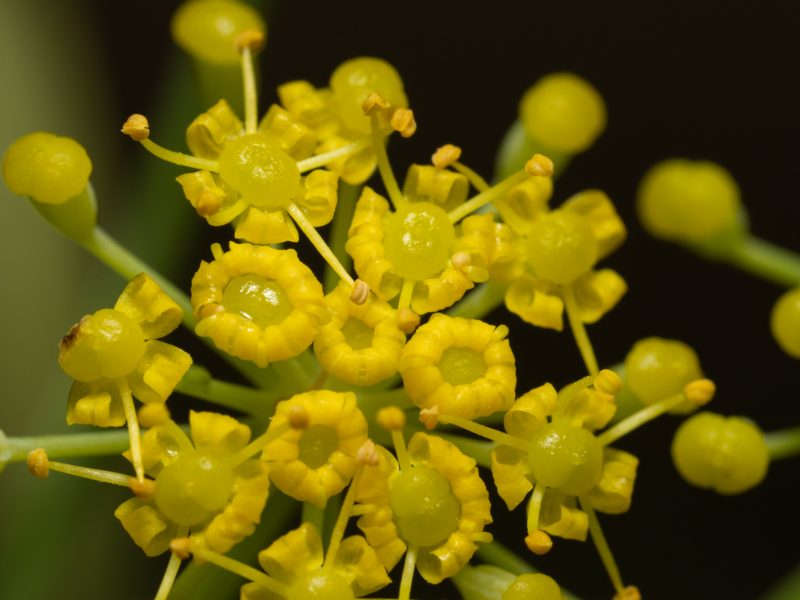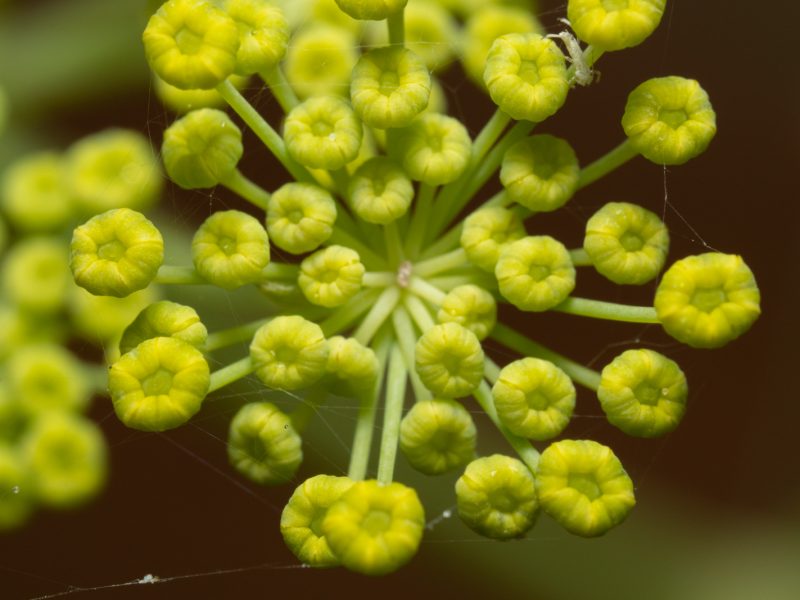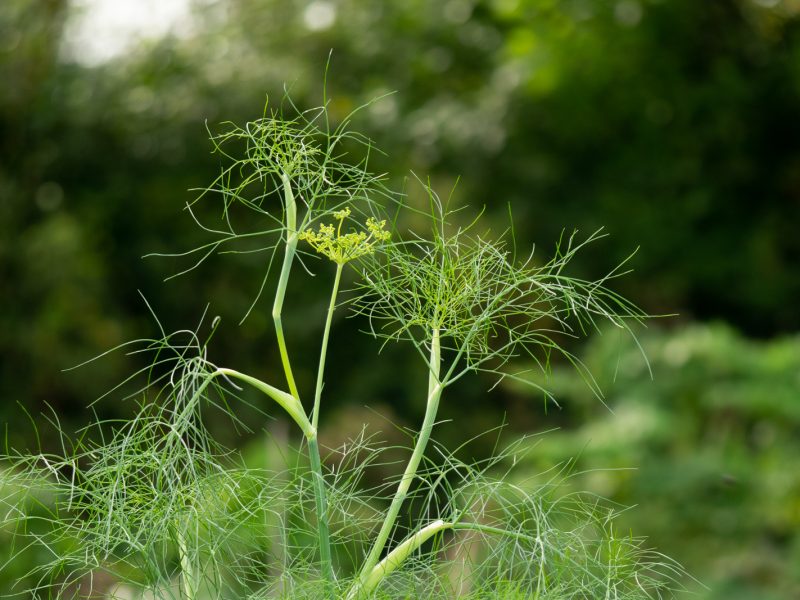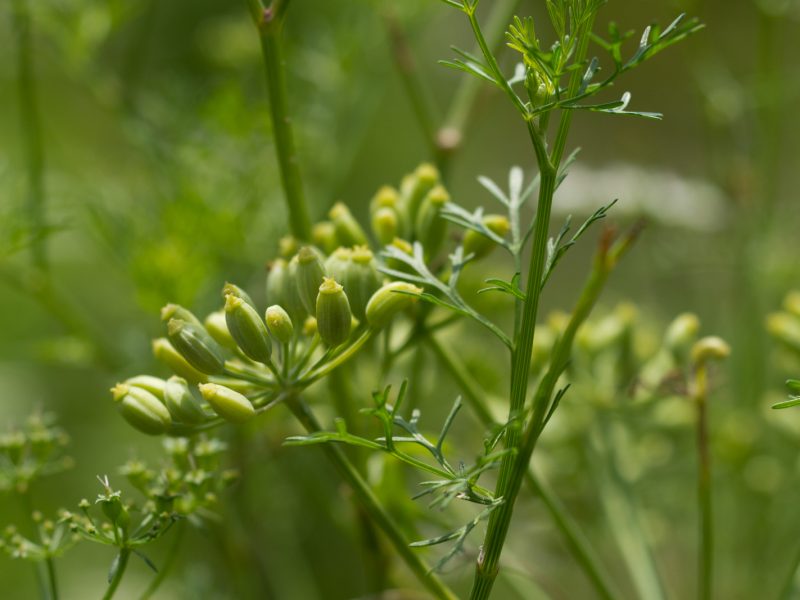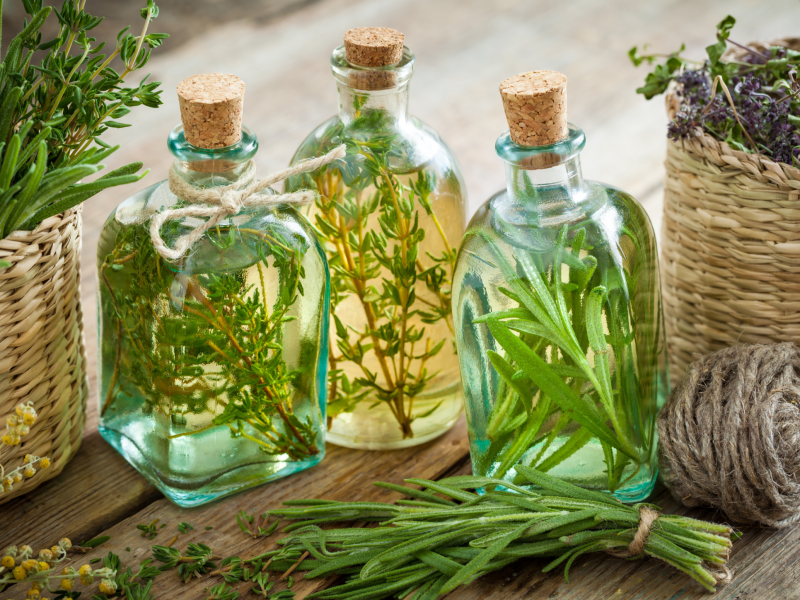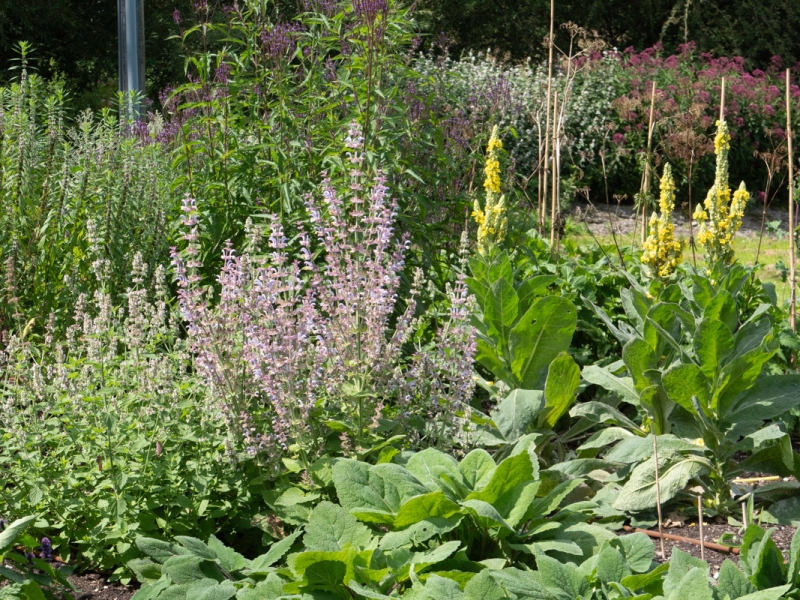Description
Fennel is a favourite in everyone’s kitchen. It’s loved by gardeners and highly respected by herbalists for its calming effects on digestion – and life as a whole.
The two varieties of Foeniculum vulgate; sweet fennel (F. vulgare var. dulce) and bitter fennel (F. vulgare var. vulgare). We have the sweet variety here at Earthsong Seeds. Both are bluish-green biennial or perennial herbs that can grow to a height of 2.5 m They are perennial plants that thrive in dry, hot climates. As with other members of the Apiaceae (carrot or parsley family), fennel displays small flowers in distinctive ascendant umbels, similar to those of cow parsley. It can be most easily identified by its large, beautiful, aniseed-scented feathery leaves. Depending on the country of origin and the latitude where it is grown, fennel plants produce seeds with varied essential oil composition: it is this that determines the sweetness and bitterness of the plant.
Many people associate fennel with the bulbous base of the plant that is cooked as a vegetable. This is a modified variety that has been created through years of careful selection and breeding. Known as Florence fennel (or Foeniculum vulgare var. azoricum), this variety is much shorter in height than the therapeutic sweet and bitter varieties.
Fennel is as delicious as it is good for your digestion; use the sweet flavoured essential oils in the leaves and seeds can be used in herbal teas and as a cooking ingredient. Easy to grow, the plant reaches for the sky producing hundreds of yellow flowers.


